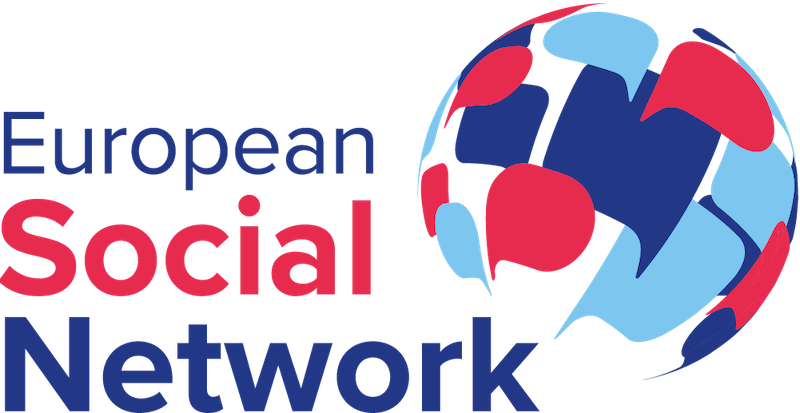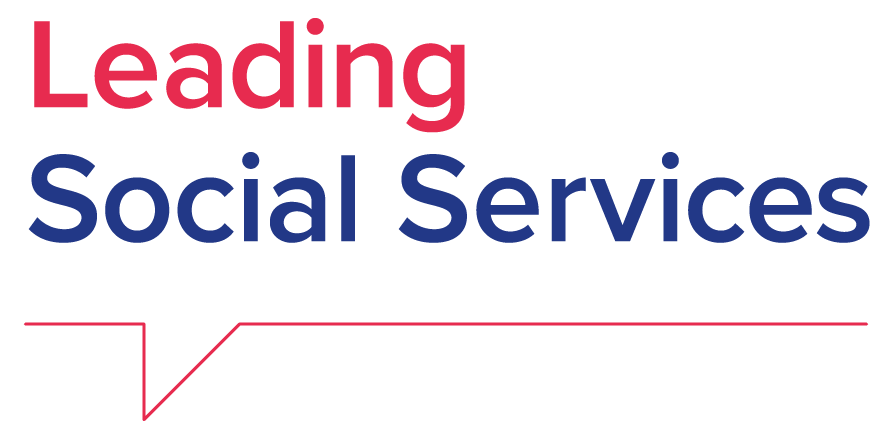This article is also available in French, German, Italian and Spanish.
The meeting was opened by Minka Vladimirova and Sonya Blazheva, respectively director and senior expert at the Social Affairs Directorate of the Sofia Municipality, which is an ESN member. Ms Vladimirova and Ms Blazheva reviewed progress made on service user involvement in planning, management and commissioning. Vanya Pandieva (Bulgarian Centre for Independent Living) shared her experience as a disabled citizen and service user in Sofia. “We need to work on bringing out the full potential of independent living in Bulgaria so that it does not become another form of dependency”, said Ms Pandieva, pointing out that there was still limited accessibility of buildings, information and services. Solutions may include reviewing the needs’ assessment procedure and the current “points system”, staff training along community-based inclusive standards, improved cooperation between professionals and promoting integrated services.
Putting the user at the centre of policy making and service design
In France and Denmark, user involvement has been at the core of recent policy changes. Since 2014, the City of Aarhus (Denmark) has engaged in a complete revamping of their services for adults with disabilities. “In 10 years from now, our services’ deficit could reach EUR 18 million, while the number of people requiring services will grow – we need to rethink our whole model, and make it right for people”, said Carsten Hansen, Head of Department.
ESN member CNSA, the National Fund for solidarity and autonomy, was tasked by the French government to ensure “A solution for every person” with disabilities. This plan represents a fundamental shift – whereas care and support used to be determined by the type of services available, from now on services will start with people themselves and focus on the individual.
Experts by experience: co-production and peer-to-peer support
Not only are users at the centre of every decision and policy concerning them, but their expertise, e.g. as mediators, trainers, evaluators or social care workers themselves, is now fully recognised and enshrined in the French law. This principle is notably illustrated by French “GEMs”. These peer-to-peer “mutual support groups”, for people with brain injuries, are led and managed by users themselves, with minimal supervision from social workers and services.
As part of their Building Better Lives policy, Gloucestershire county council (GCC) (United Kingdom) has embedded user involvement in their daily work, as shown by the full co-production of their challenging behaviour strategy. From costly services leading to poor outcomes for people, GCC has progressed to better commissioning of training and crisis support, early intervention and cost savings. For Richard Amos, actively involved in a service-user led organisation working with GCC (PING – Physical Inclusion Network Gloucestershire), this is “the chance to be part of something bigger”.
A recipe for successful service user involvement?
Available, accessible information was emphasized by both users and social service professionals as key to ensure meaningful user involvement, which can be enhanced through the use of such materials as pictograms or easy-to-read formats. Building trust in the long-term with staff and carers and having both time and the right skills to listen to the person, were deemed essential. Therefore, there is a need to adapt workforce training based on sharing knowledge and users’ expertise and to emphasise shared values around community inclusion and personalisation.

